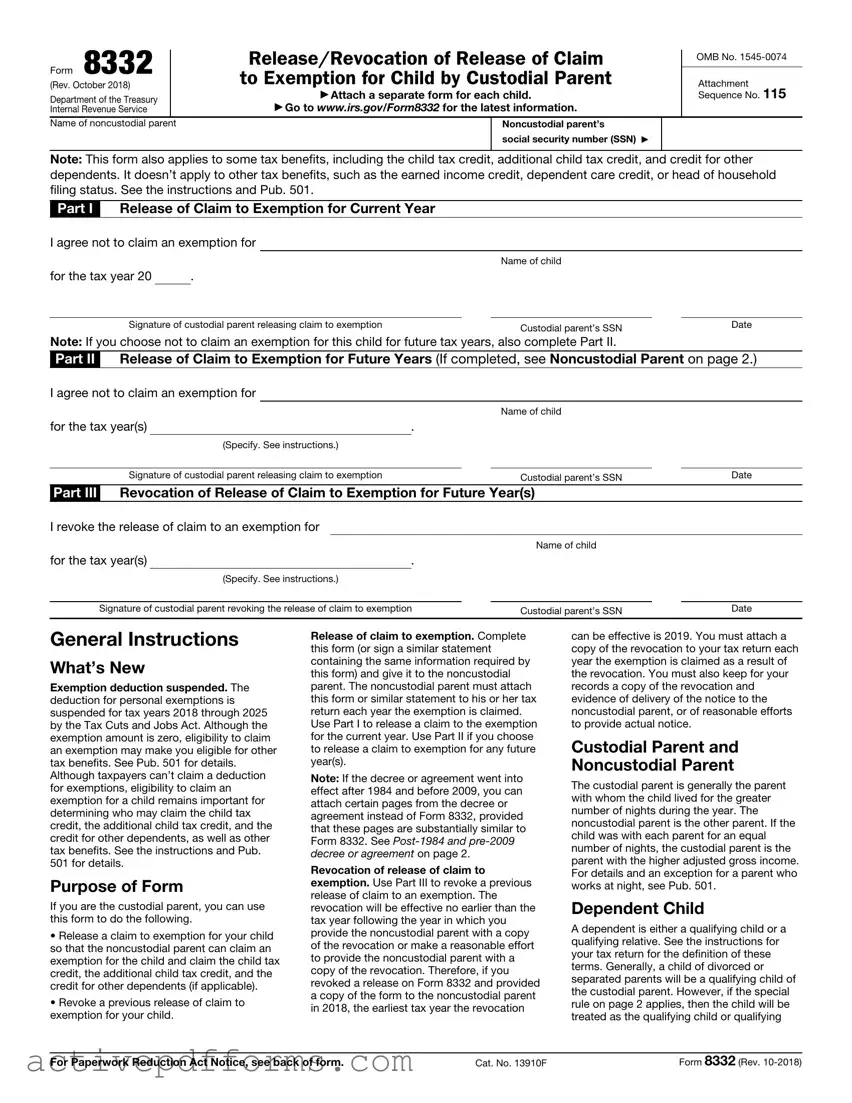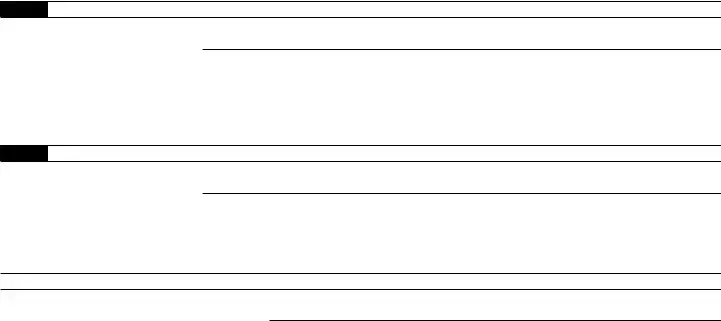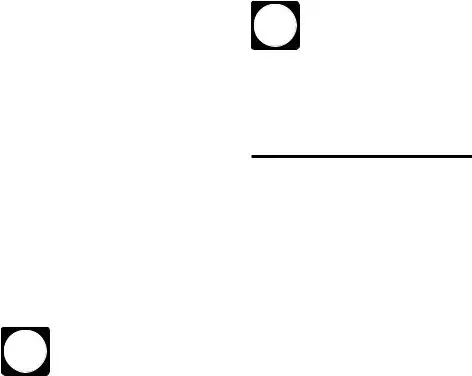relative of the noncustodial parent for purposes of the dependency exemption, the child tax credit, the additional child tax credit, and the credit for other dependents.
Special Rule for Children of Divorced or Separated Parents
A child is treated as a qualifying child or a qualifying relative of the noncustodial parent if all of the following apply.
1.The child received over half of his or her support for the year from one or both of the parents (see the Exception below). If you received payments under the Temporary Assistance for Needy Families (TANF) program or other public assistance program and you used the money to support the child, see Pub. 501.
2.The child was in the custody of one or both of the parents for more than half of the year.
3.Either of the following applies.
a. The custodial parent agrees not to claim an exemption for the child by signing this form or a similar statement. If the decree or agreement went into effect after 1984 and before 2009, see Post-1984 and pre-2009 decree or agreement below.
b. A pre-1985 decree of divorce or separate maintenance or written separation agreement states that the noncustodial parent can claim the child as a dependent. But the noncustodial parent must provide at least $600 for the child’s support during the year. This rule does not apply if the decree or agreement was changed after 1984 to say that the noncustodial parent cannot claim the child as a dependent.
For this rule to apply, the parents must be one of the following.
•Divorced or legally separated under a decree of divorce or separate maintenance.
•Separated under a written separation agreement.
•Living apart at all times during the last 6 months of the year.
If this rule applies, and the other dependency tests in the instructions for your tax return are also met, the noncustodial parent can claim an exemption for the child.
Exception. If the support of the child is determined under a multiple support agreement, this special rule does not apply, and this form should not be used.
Post-1984 and pre-2009 decree or agreement. If the divorce decree or separation agreement went into effect after 1984 and before 2009, the noncustodial parent can attach certain pages from the decree or agreement
instead of Form 8332, provided that these pages are substantially similar to Form 8332. To be able to do this, the decree or agreement must state all three of the following.
1.The noncustodial parent can claim the child as a dependent without regard to any condition (such as payment of support).
2.The other parent will not claim the child as a dependent.
3.The years for which the claim is released.
The noncustodial parent must attach all of the following pages from the decree or agreement.
•Cover page (include the other parent’s SSN on that page).
•The pages that include all of the information identified in (1) through (3) above.
•Signature page with the other parent’s signature and date of agreement.
The noncustodial parent must ▲! attach the required information
even if it was filed with a return in CAUTION an earlier year.
Post-2008 decree or agreement. If the divorce decree or separation agreement went into effect after 2008, the noncustodial parent can’t attach certain pages from the decree or agreement instead of Form 8332.
Specific Instructions
Custodial Parent
Part I. Complete Part I to release a claim to exemption for your child for the current tax year.
Part II. Complete Part II to release a claim to exemption for your child for one or more future years. Write the specific future year(s) or “all future years” in the space provided in Part II.
To help ensure future support, you TIP may not want to release your
claim to the exemption for the child for future years.
Part III. Complete Part III if you are revoking a previous release of claim to exemption for your child. Write the specific future year(s) or “all future years” in the space provided in Part III.
The revocation will be effective no earlier than the tax year following the year you provide the noncustodial parent with a copy of the revocation or make a reasonable effort to provide the noncustodial parent with a copy of the revocation. Also, you must attach a copy of the revocation to your tax return for each year you are claiming the exemption as a result of the revocation. You must also keep for your records a copy of the revocation and evidence of delivery of the notice to the noncustodial parent, or of reasonable efforts to provide actual notice.
Example. In 2015, you released a claim to exemption for your child on Form 8332 for the years 2016 through 2020. In 2018, you decided to revoke the previous release of exemption. If you completed Part III of Form 8332 and provided a copy of the form to the noncustodial parent in 2018, the revocation will be effective for 2019 and 2020. You must attach a copy of the revocation to your 2019 and 2020 tax returns and keep certain records as stated earlier.
Noncustodial Parent
Attach this form or similar statement to your tax return for each year you claim the exemption for your child. You can claim the exemption only if the other dependency tests in the instructions for your tax return are met.
If the custodial parent released his TIP or her claim to the exemption for
the child for any future year, you must attach a copy of this form or similar statement to your tax return
for each future year that you claim the exemption. Keep a copy for your records.
Note: If you are filing your return electronically, you must file Form 8332 with Form 8453, U.S. Individual Income Tax Transmittal for an IRS e-file Return. See Form 8453 and its instructions for more details.
Paperwork Reduction Act Notice. We ask for the information on this form to carry out the Internal Revenue laws of the United States. You are required to give us the information. We need it to ensure that you are complying with these laws and to allow us to figure and collect the right amount of tax.
You aren’t required to provide the information requested on a form that is subject to the Paperwork Reduction Act unless the form displays a valid OMB control number. Books or records relating to a form or its instructions must be retained as long as their contents may become material in the administration of any Internal Revenue law. Generally, tax returns and return information are confidential, as required by Internal Revenue Code section 6103.
The average time and expenses required to complete and file this form will vary depending on individual circumstances. For the estimated averages, see the instructions for your income tax return.
If you have suggestions for making this form simpler, we would be happy to hear from you. See the instructions for your income tax return.


